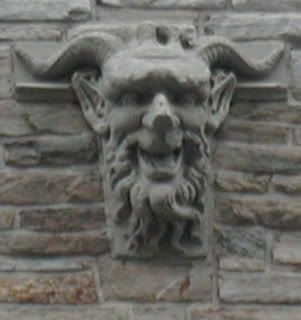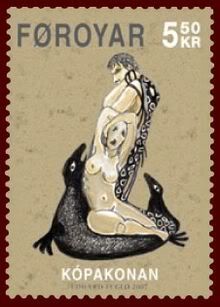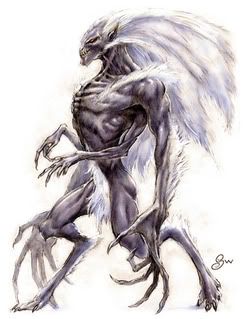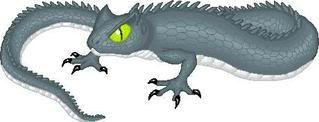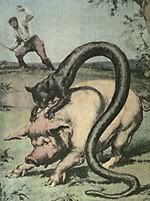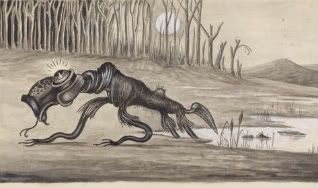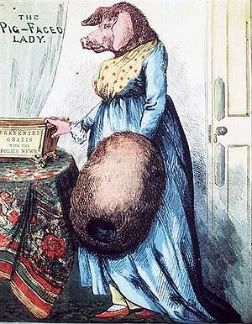This chap turned up on November 12, 1966 near Clendenin, West Virginia. Five men were in the local boneyard that day, digging a grave for a burial, when something that looked like a “brown human being” took off from trees nearby and flew over their suprised heads. The guys were obviously baffled as to what the creature was. It did not look like a bird but more like a man with large wings. A few days later, more sightings would take place, electrifying the entire region.
Mothman is described as bigger than a man, with glowing red eyes and wings of a moth. It may have eyes set in its chest. Old
Mothy also possesses an unusual shriek.
 Is it bird? Is it a plane? No its Super Moth!
Is it bird? Is it a plane? No its Super Moth!Three days later on November 15 two young couples along with a young cousin were traveling late in a car. They were passing the old West Virginia Ordnance Works (an abandoned WW II explosives factory) in the McClintic Wildlife Management Area, when they spotted two strange crimson lights lurking in the shadows close to the factory gate. Being young and naturally curious they stopped the car and according to them saw what they believed to be the glowing red eyes of an animal. In their words
'shaped like a man, but bigger, maybe six and a half or seven feet tall, with big wings folded against its back.'Scared witless they hightailed it in the car where the mysterious creature chased them at speeds exceeding 100 miles per hour.
*****
More Sightings *****
On the morning of November 25, Thomas Ury was driving along Route 62 (near where the youngsters had seen
Mothy) when he said he saw a bizaree being standing in a field by the road. According to Ury the creature spread its wings and took off, following his car as he sped into Point Pleasant to report it to the law.
On November 26, Mrs. Ruth Foster spotted
Mothman standing on her lawn in the suburb of St Albans in West Virginia but alas he had disappeared when her brother~in~law went out to take a peek.
Then on the morning of November 27,
Mothy pursued a woman near Mason, West Virginia, and was seen again in St. Albans on the same night by two young children.
The Mothman was seen on January 11, 1967, indeed spotted several times during 1967.
There are many theories about what this creature is. Some say it might be a Great Horned Owl as West Virginia has some of the largest variety in the world. This owl is able to walk upright on the ground which could be one possibilty.
Then there is the Great Grey Owl which is even larger than the great horned owl. Another possibility put forward is the gray sandhill crane.
Its more than possible for peoples eyes to play tricks with them, especially at night and at a time when the place was buzzing with sightings but owls are not capable of flying at high speeds without flapping their wings, and they certainly don't have giant red eyes set in their chests.
There were rumours that
Mothman turned up to warn people of disasters. He was seen on the Silver bridge which spanned the Ohio river which connected Point Pleasant, West Virginia to Gallipolis, Ohio. It collapsed on December 15, 1967.
After the bridge was demolished,
Mothy was never seen again in Point Pleasant.


